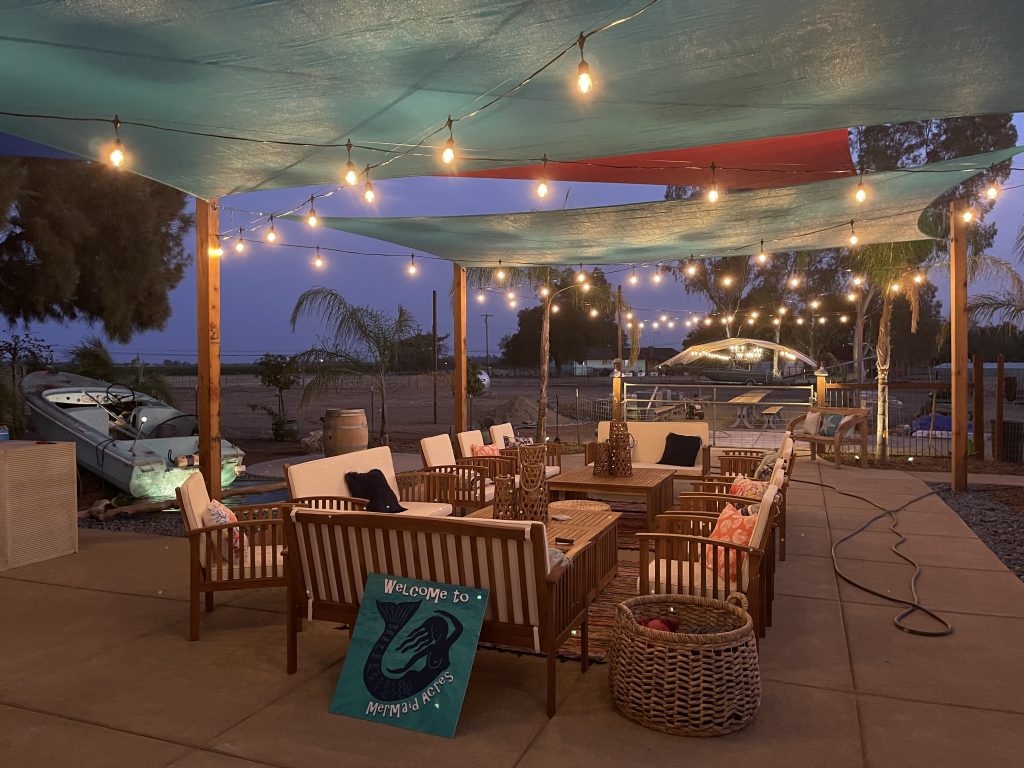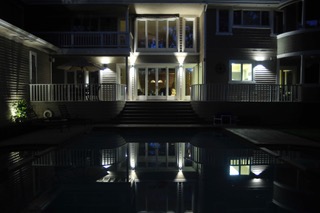Landscape lighting can add a touch of magic to any property, and low voltage systems are a great way to achieve that effect without breaking the bank. But before the low voltage landscape lighting installation, there are a few things you should consider. Here are seven:


